Ammonia is a solution of ammonium hydroxide. Acquaintance with him often happens in the blood sampling clinic - he is brought to the nose of patients who are too sensitive if they begin to lose consciousness when they see blood. But the tool is used not only for medical purposes. In everyday life it is used for cleaning contaminated surfaces and as a fertilizer. Feeding and processing cucumbers with ammonia will help to get a decent crop.
Content
Fertilizer properties
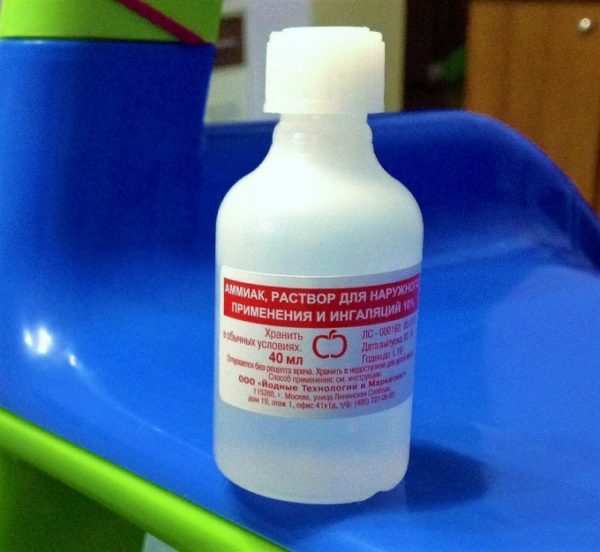
From the point of view of chemists, a 10% aqueous solution, which is diluted to spray or water cucumbers, is not called ammonia. Ammonium chloride is an ammonium salt of hydrochloric acid or ammonium chloride. But this name has taken root in everyday life.
The ammonium hydroxide solution is a colorless transparent liquid with a pungent smell of ammonia. The use on the garden plot and in the greenhouse is justified for preventive and therapeutic purposes. By weight of the substance, the nitrogen content is 41%, namely, this chemical compound is often not enough for the plant to develop. In addition, the action can be called selective: feeding cucumbers with ammonia does not acidify the soil and does not inhibit the vital activity of beneficial microorganisms.
Fertilizer benefits
When planting cucumber seedlings or seeds, the garden bed must be prepared in advance. The soil is loosened feed nitrogenous fertilizers. Watering cucumbers with ammonia solution:- accelerates plant growth;
- replenishes the reserve of nitrogen;
- foliage acquires a rich green tint;
- stops the invasion of pests.
It is important that the use of ammonia for cucumbers does not harm the surrounding plants and enriches the soil.
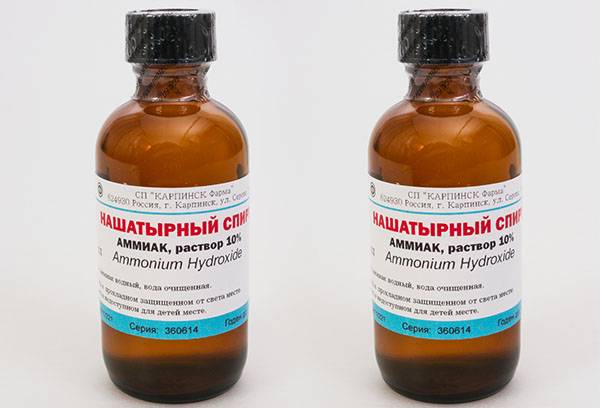 You may be interested in:
You may be interested in:Safe top dressing with ammonium hydroxide
If you water it correctly, follow the dosage recommendations, you can not be afraid of the harmful effects on the plant. The main thing is to choose the right time of day - early morning or evening, ammonia is oxidized in the sun. Cloudy weather is ideal. But for humans, ammonia is dangerous. It enters the body not only when taken orally, but is absorbed into the bloodstream through epithelial tissues and mucous membranes, is introduced through the respiratory tract, affecting the bronchial branches. Even a weakly concentrated solution, in direct contact with the skin, can cause a burn.
Therefore, you need to handle cucumbers carefully, observing safety precautions:
- Do not forget about rubber gloves, glasses, a respirator - personal protective equipment.
- When it is necessary to spray in windy weather, stand so that the spray does not settle on clothes and face (that is, on the windward side).
- Processing cucumbers with ammonia in a greenhouse, provide access to fresh air.To do this, open the frames and raise the canopy at the entrance to get a draft.
- Avoid getting ammonia solution on the wiring, watering hoses, decorative design elements. The solution can damage them. If it is easy to buy a new hose, then after a short circuit the wiring often has to be completely changed.
- When making fertilizers for cucumbers or feeding, you need to lock pets and ensure the safety of children.
- You can not eat cucumbers with lashes treated with ammonia, "from the bush." They must be washed.
Indications and contraindications for the use of ammonia solution
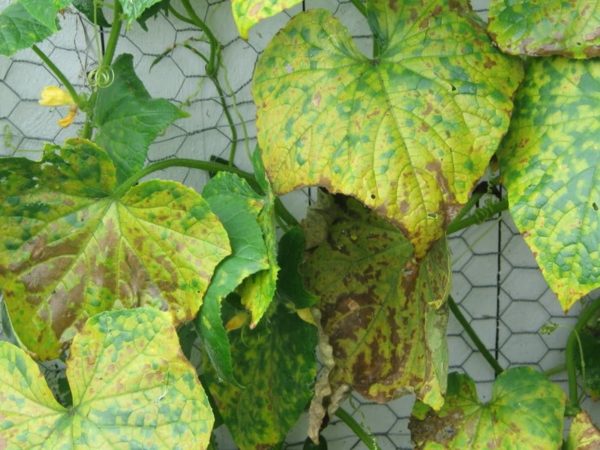
The following signs indicate a lack of nitrogen:
- lower leaves turned yellow, lost turgor;
- the stems are too thin, discolored, break when touched;
- the liana ceases to grow, loses foliage and flowers;
- inflorescences lose their petals, but the ovaries do not form;
- a slight cooling leads to the death of the plant.
In these cases, treatment with ammonia will help to cope with the problem.
You can not fertilize cucumbers with a solution of ammonium hydroxide in the open ground with strong temperature drops, frosts, under the bright rays of the sun, until the first 3-4 leaves on seedlings appear.
Instructions for cooking and types of dressing
To prepare a universal fertilizer for cucumbers, 50 ml of ammonia are dissolved in 4 l of water. When treated from aphids, ammonia (20 ml) is mixed with 1 liter of water. A weakly concentrated solution is not dangerous for people if they do not have an allergic reaction to ammonium hydroxide - 20 ml (1 tbsp.) Of caustic substance is poured into a bucket of water. Even the smell is not felt. The last solution is allowed to water young seedlings for prevention. But nevertheless, it is advisable to water the young plantings with clean water after treatment.
 You may be interested in:
You may be interested in:Root dressing
Under the root, it is advisable to make a universal solution. You can water the bed after rooting the seedlings, at the beginning of branching, that is, during the entire growing season. Frequency of feeding: first 1 time in 2 weeks, and then once a month, until the fall. You should focus on the state of the plant.
Foliar top dressing
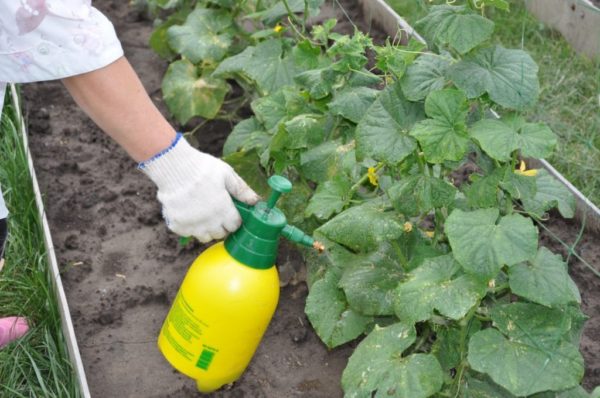
To process the lashes, a watering can is used - the spray gun is not suitable. The working solution is low concentrated. Work should be done in cool, calm weather, otherwise the solution will practically not fall onto the leaves or evaporate quickly.
For foliar top dressing in a greenhouse, a concentrated solution is used. But before spraying with ammonia, the plants are watered with clean water at room temperature.
Pest control
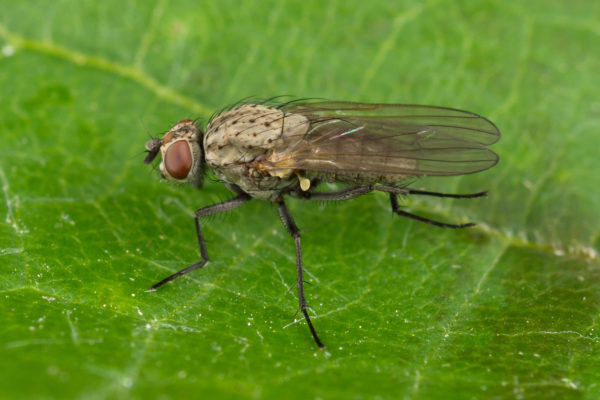
To get rid of onion flies, plant fruit flies and aphids on cucumbers in the garden will help such a composition: 2 tbsp. l ammonia, 200 g of grated children's or laundry soap, 1 bucket of water (9-10 l). The solution is stirred so that the soap is completely dissolved, and then the cucumbers are watered. Another composition is suitable - 40 ml of ammonium hydroxide in 7 liters of water. Multiplicity of processing - 1 time in 2 weeks.
To enhance the impact, cucumbers can be fed from aphids with a mixture of milk and iodine - half a glass of milk and 1 tsp are diluted in 1 liter of water. iodine. Watering with different means alternate.
Soap-ammonia mixture will also help get rid of slugs, snails, ants, wireworms and caterpillars. When cooking, the amount of liquid with a pungent odor can be doubled.
Against disease
To prevent the development of fungal or bacterial diseases, treatment with ammonium hydroxide is carried out with a preventive purpose. In the autumn, the dug up bed is poured with highly concentrated liquid, and then about half a glass of low concentration solution into each well when planting seedlings. In the future, spraying from diseases of cucumbers is repeated every 2 weeks. Affected lashes are removed and burned off site.
Feeding rules
You can see how the ammonium hydroxide solution is made in the video. To make the treatment more effective, you should start from the moment of active growth. A universal composition is used. If the leaves are saturated green, the whips are elastic, it is enough to water once a week.
From the moment ovaries appear, a concentrated mixture is used. In the case of emergence of empty flowers, watering is speeded up - the lashes are sprayed 1 time 4-5 days. When the fruits appear, only the root treatment method is used with a low concentration composition. In all cases, it is necessary to analyze the reaction of the plant to fertilizer.
Nitrogen dressing should be combined with the introduction of phosphate fertilizers. Those who are afraid to use chemicals can use hydrogen peroxide for cucumbers. For the manufacture of the composition, milk (1 l), iodine (40 drops), peroxide (40 ml) are used. Diluted in 1 liter of water. Such care normalizes the processes of photosynthesis, saturates the plant with nutrients, improves growth and vegetation.
Reviews
Valery, 47 years old, Moscow:
I like to experiment, apply different top dressings. I can share my experience - the compositions need to be combined or alternated. For example, ammonia is season 1, and the next - iodine, hydrogen peroxide, organic fertilizing. This is the only way to achieve a good crop of cucumbers.
Tatyana Vasilievna, 62 years old, Rostov Region:
I immediately warn that one-time and two-time treatment against pests is not enough. With aphids, you have to repeat spraying 3 times, with slugs and a bear - up to 4 times.
Vitaliy Ivanovich, 70 years old, Krasnodar:
I tried ammonia several times, but I had to return to fungicides and fertilizers manufactured under industrial conditions. I understand when they bring manure or humus, but ammonia, in my opinion, is useless, like other folk remedies. I do not believe.
Semen, 51 years old, Kaliningrad:
After buying a new plot, I discovered that the land was infected with wireworms. I lost the whole crop. The next year he processed the beds in the fall, then poured a 10% ammonia solution into the wells when planted. Cucumbers managed to save.

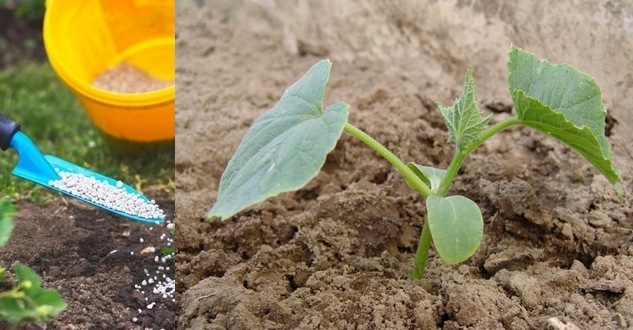
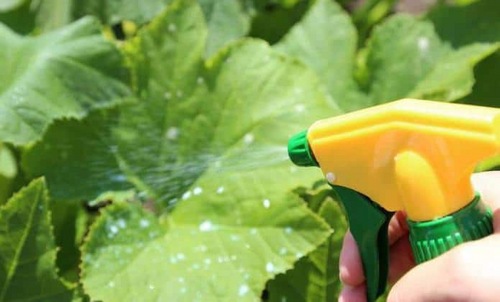
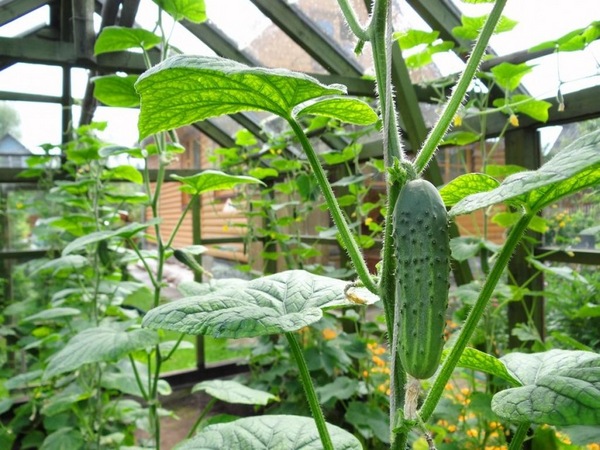
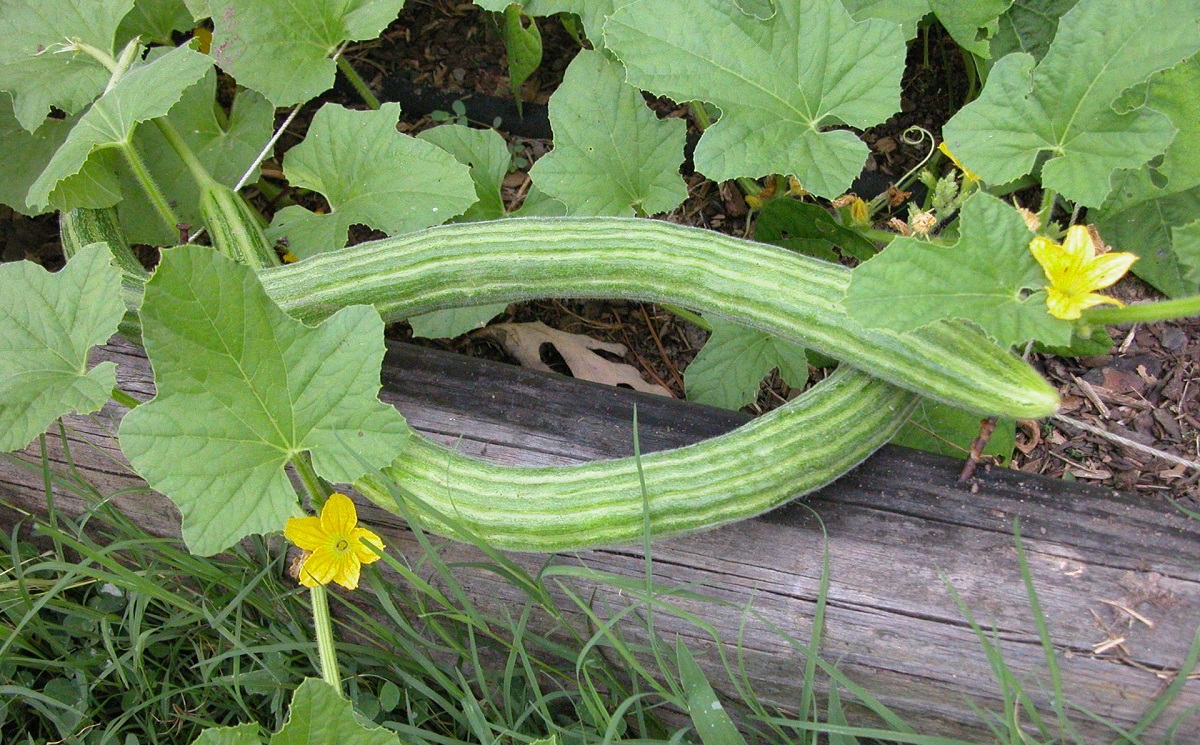 Armenian cucumber with melon flavor: description and characteristics, reviews
Armenian cucumber with melon flavor: description and characteristics, reviews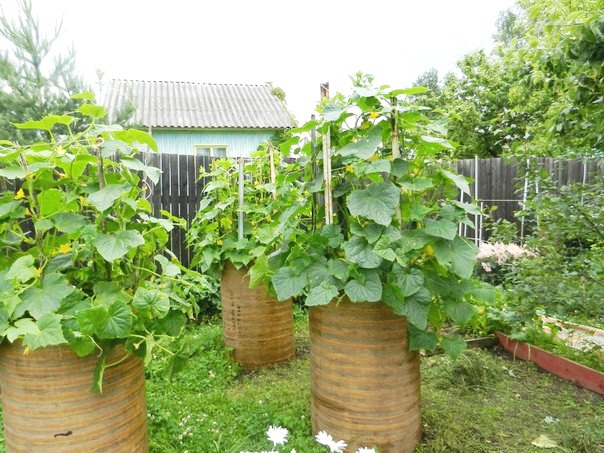 Do-it-yourself vertical beds for cucumbers: schemes, photos
Do-it-yourself vertical beds for cucumbers: schemes, photos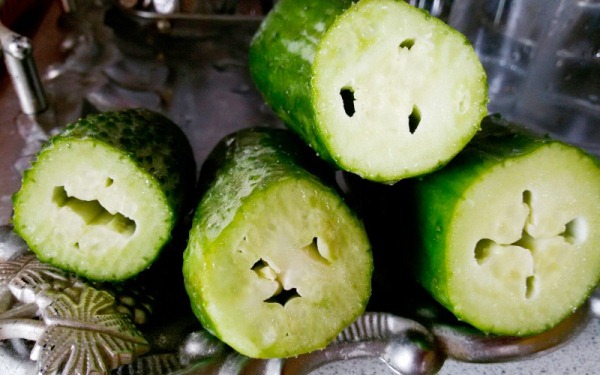 Hollow cucumbers: reasons for the appearance of hollow, what to do
Hollow cucumbers: reasons for the appearance of hollow, what to do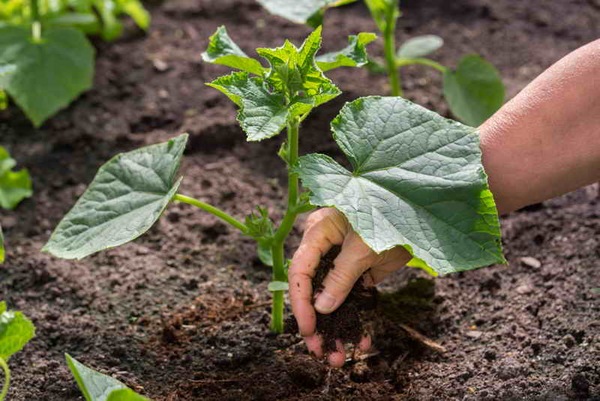 Which manure is best for cucumbers: application, how to breed
Which manure is best for cucumbers: application, how to breed